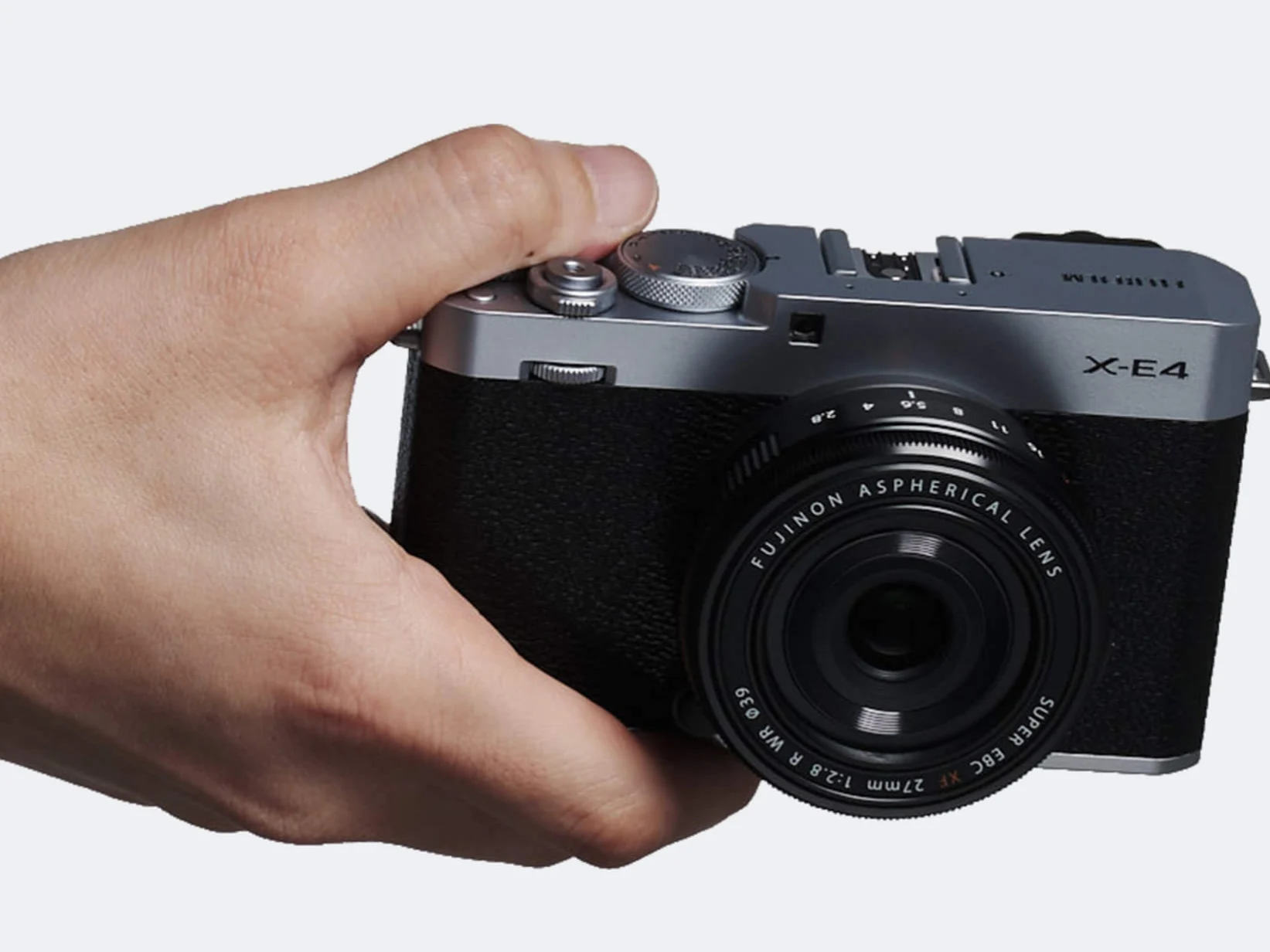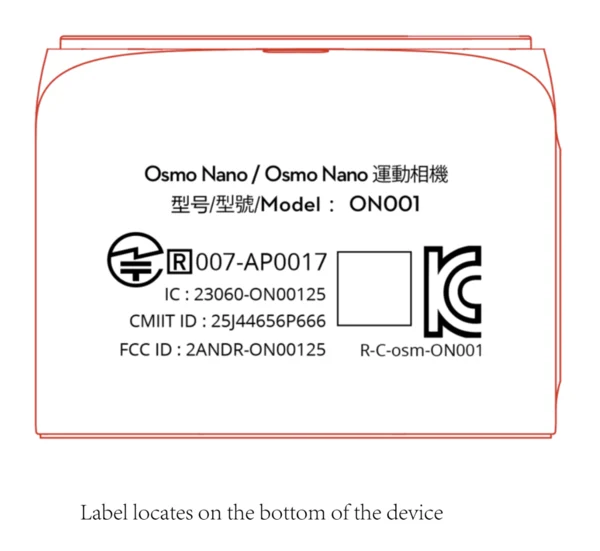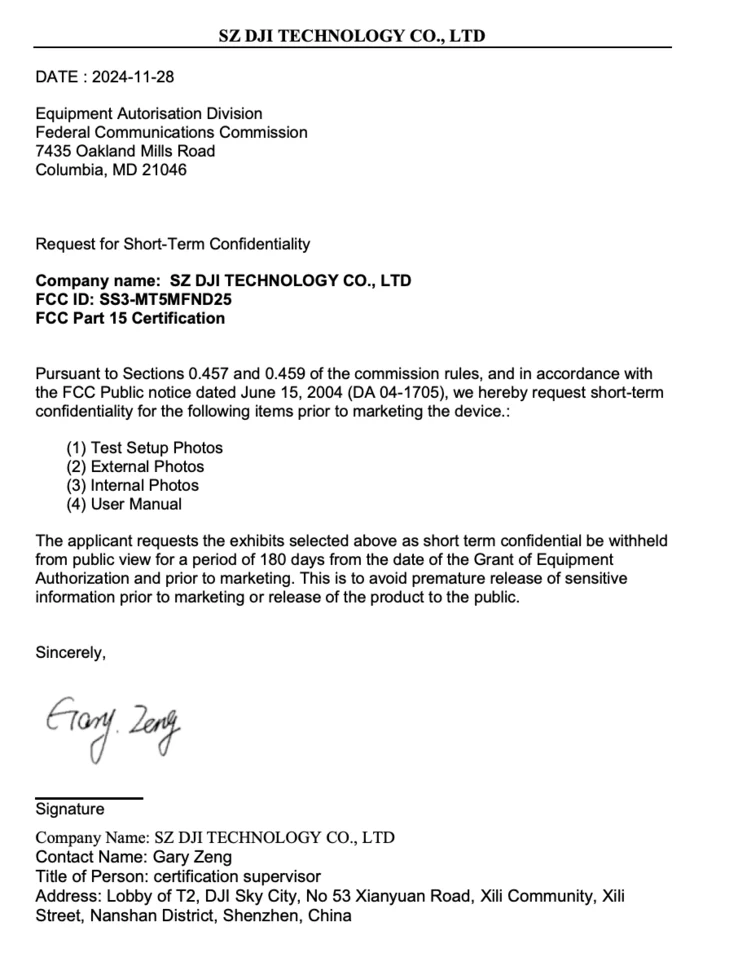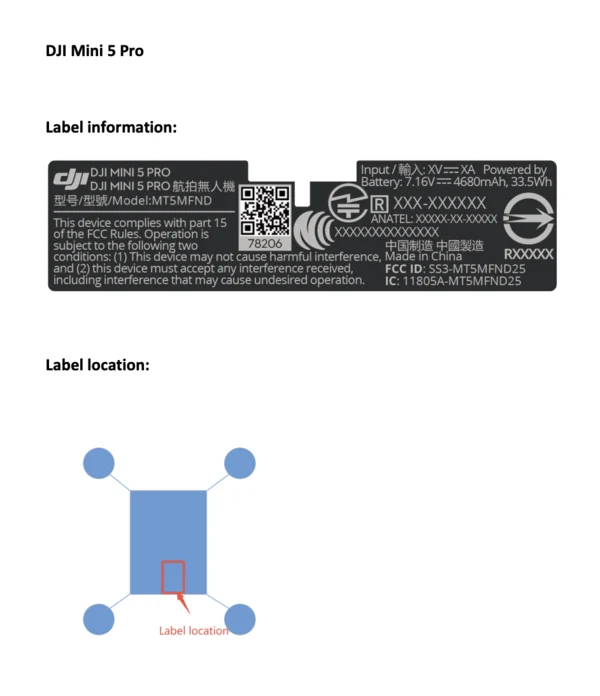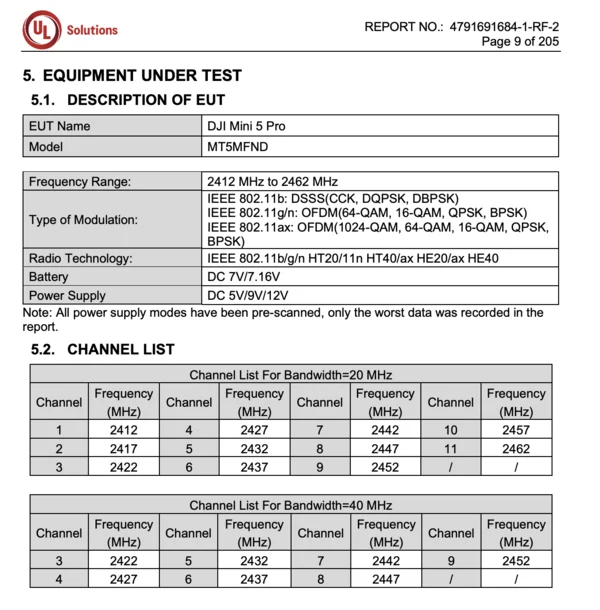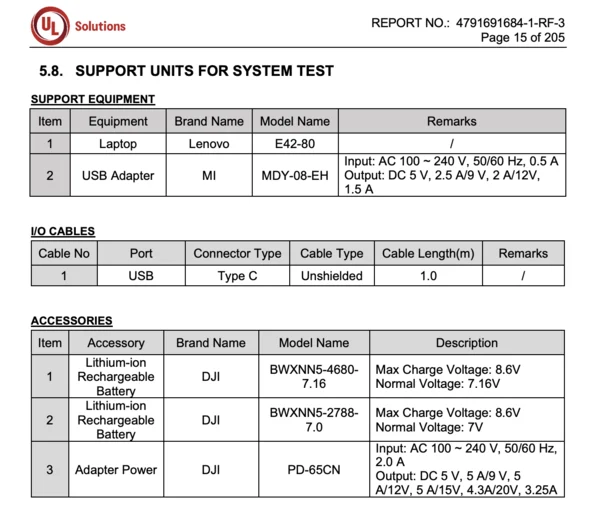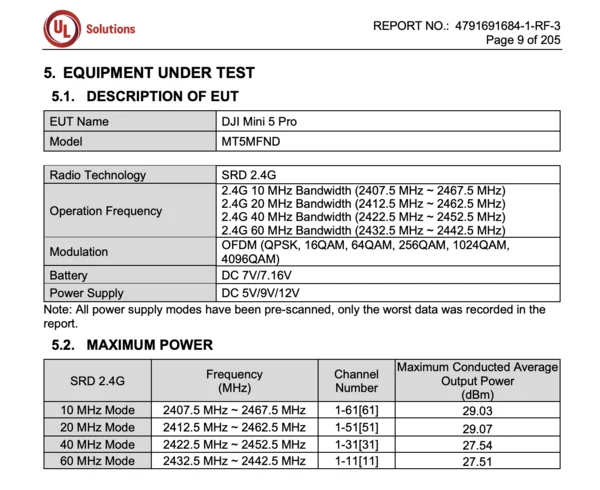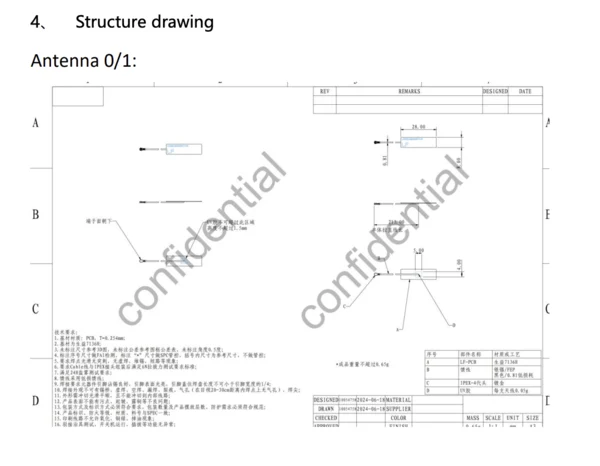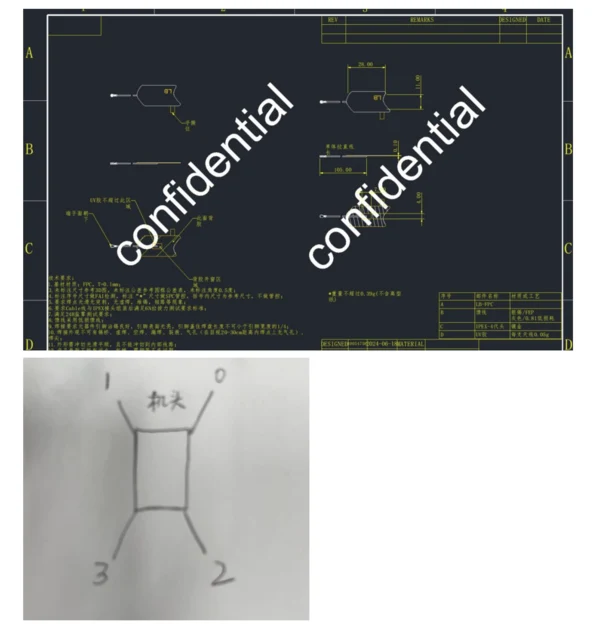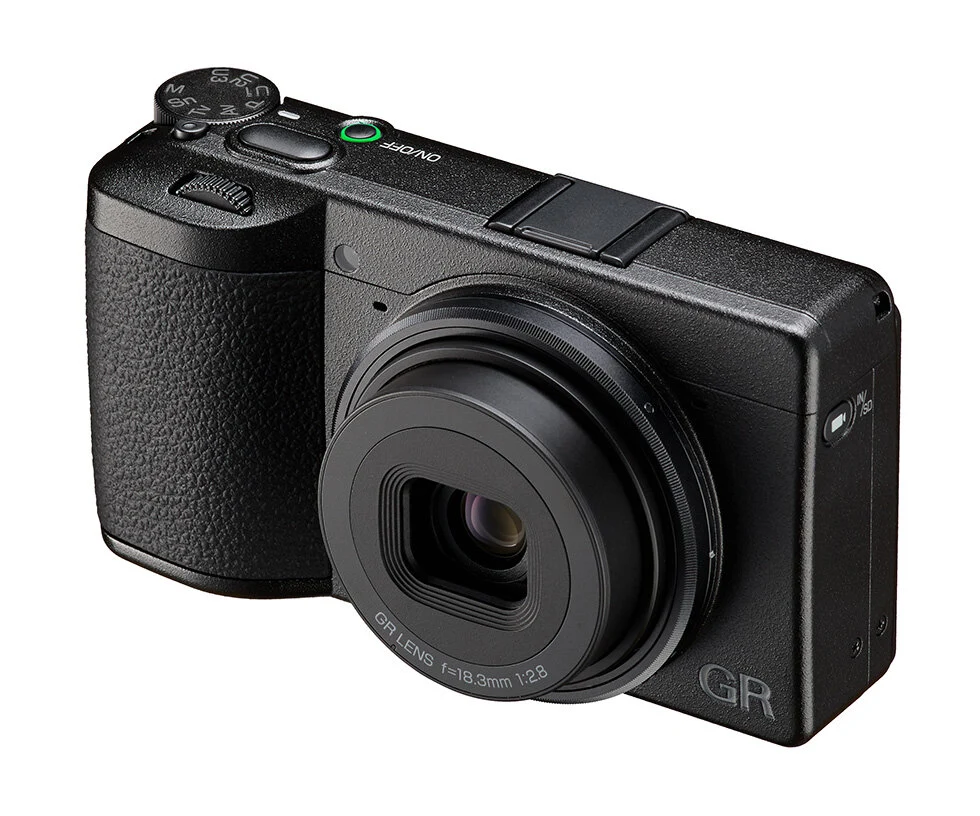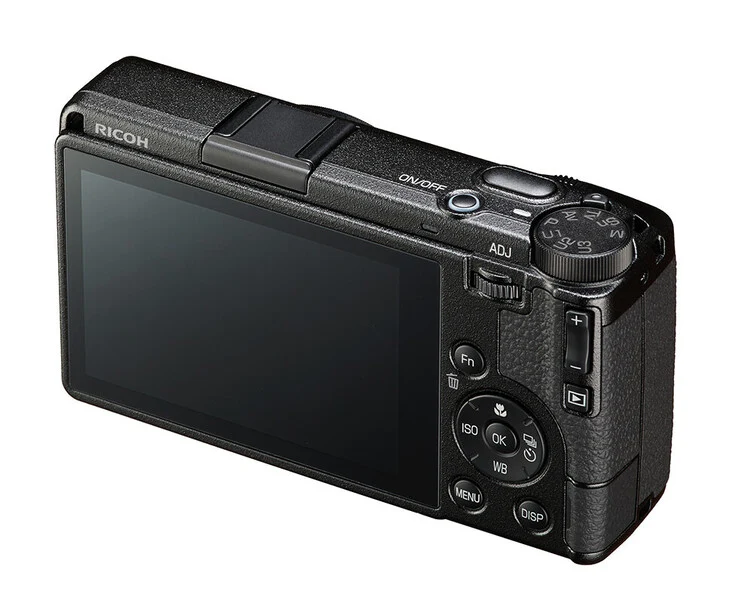Key Takeaways
1. Sensor and Processor Upgrades: The X-E5 will feature a 40 MP X-Trans CMOS 5 HR sensor and X-Processor 5, offering significant improvements over the X-E4’s 26 MP sensor and older processor.
2. In-Body Image Stabilization (IBIS): The X-E5 is expected to introduce In-Body Image Stabilization, providing six stops of 5-axis stabilization, a first for the X-E series.
3. Improved Video and Autofocus: The new model is anticipated to enhance video recording capabilities and autofocus functionalities, expanding on the features seen in previous models.
4. Comparison with Previous Models: The X-E5 is likely to exceed the X-E4 in video quality (possibly supporting higher frame rates and resolutions) and autofocus subject detection, which will include a wider variety of subjects compared to the X-E4.
5. Design Speculation: There is uncertainty about the design of the X-E5, with possibilities ranging from maintaining the minimalist style of the X-E4 to adopting new control layouts like those seen in the X-T50.
The Fujifilm X-E5 has been mentioned several times lately as we await the launch of this compact, retro-style APS-C camera, which is rumored to debut in June. Recently, initial details about the new model have started to emerge from various sources.
Sensor and Processor Upgrades
As per Fuji Rumors, a reliable source known for accurate leaks, the Fujifilm X-E5 will include the same 40 MP X-Trans CMOS 5 HR sensor and X-Processor 5 setup that we see in the Fujifilm X100VI. This change could mean a significant improvement over the X-Trans CMOS 4 sensor and X-Processor 4 used in the X-E4. In fact, this might even be a more substantial enhancement than the upgrades seen in the X100VI compared to the X100V, which had an X-Processor 5 and an X-Trans 4 sensor.
Enhanced Features and Capabilities
The advantages of these upgrades go beyond just higher resolution and better image quality. For example, every Fujifilm camera equipped with the X-Trans 5 sensor has included an impressive six stops of 5-axis image stabilization. This indicates that the X-E5 could be the first in the X-E series to introduce In-Body Image Stabilization (IBIS), marking a notable advancement over earlier models. Additionally, the X-E5 is expected to provide improved video and autofocus functionalities, leveraging its enhanced processing capabilities and updated AF algorithms.
Comparison with Previous Models
To give a clearer picture, the X-E4’s maximum video recording is DCI 4K at 29.97 fps, while the X100VI can shoot 6.2K video at the same frame rate and DCI 4K at 59.94 fps. Furthermore, the X100VI offers two more film simulations—totaling 20—compared to the 18 available on the X-E4. The combination of the X100VI’s sensor and processor also broadens the autofocus subject detection capabilities to include animals, birds, cars, motorcycles, bicycles, planes, and trains, whereas the X-E4 is limited to face and eye detection.
Speculation and Anticipation
While these details are still in the early stages and might not be fully accurate, Fuji Rumors expresses a strong level of confidence regarding these specifications. What remains uncertain is how Fujifilm will present the X-E5—will it follow the minimalist design of the X-E4 or introduce a new control layout, similar to the tactile film simulation dial found on the X-T50 (currently priced at $1,399 on Amazon)? It’s highly likely that the X-E5 will maintain a compact design, especially within the APS-C category, positioning it as tough competition against the recently announced Ricoh GR IV.
Source:
Link

